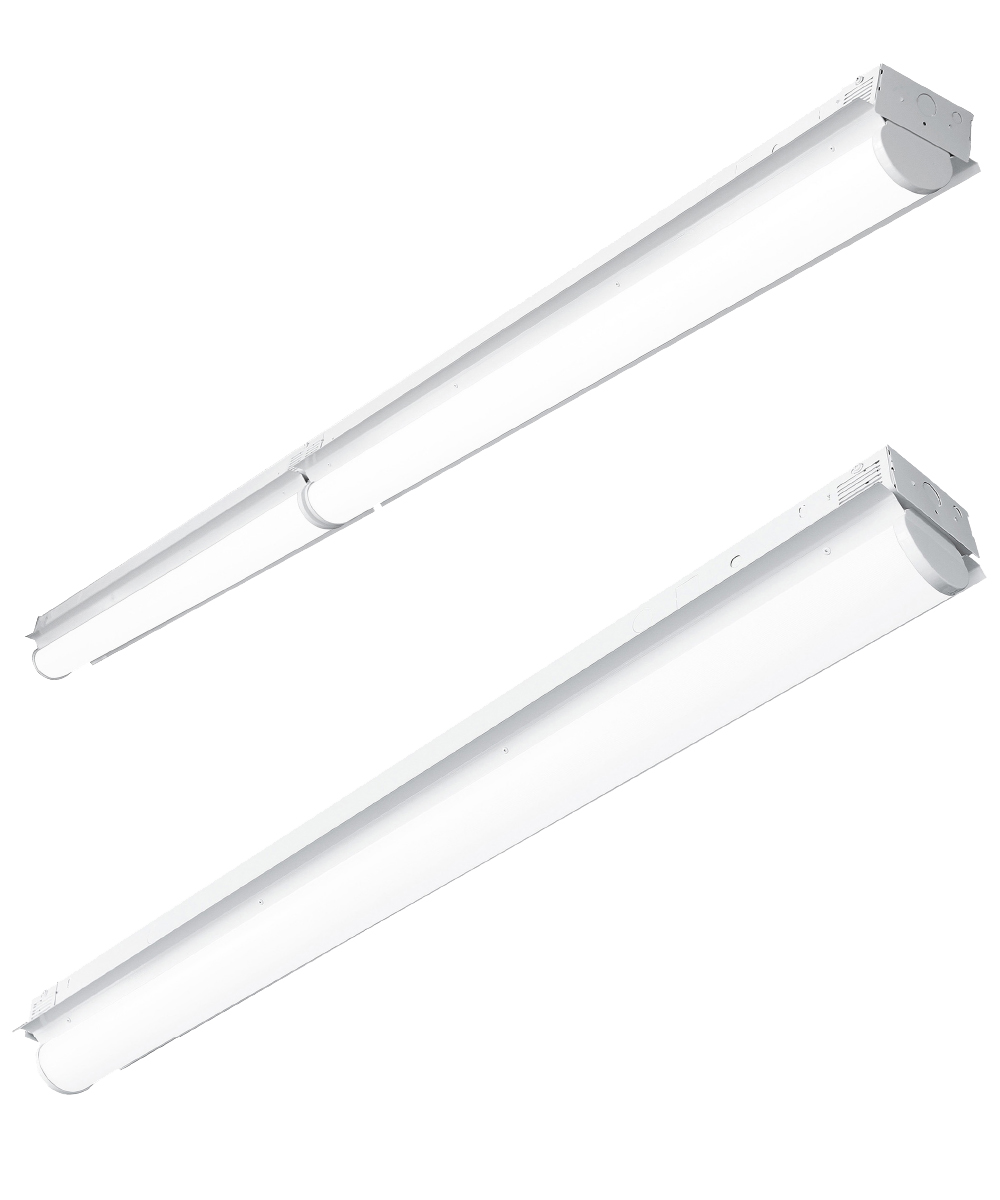
A lighting upgrade from fluorescent to LED lighting can significantly cut down your energy costs by half. Fluorescent lighting was previously considered to be highly efficient, and it was a better option at the time compared to High-Intensity Discharge lights. However, they have been quickly surpassed by LEDs. During their introduction, LEDs were considered more expensive compared to fluorescent lights. But they have become more affordable and competitively priced over time. Let us see what are the issues with fluorescent lighting that call for a switch from fluorescent lights to LED lights.
Disadvantages of Fluorescent Fixtures
Fluorescent tubes contain mercury: Though there is no danger when mercury is present within the sealed tube, it may be a hazard if the tube falls and breaks. Some amount of mercury gets released into the area when the tube is broken. Hence, it is recommended that you clear out the area immediately and pick up the shattered glass quickly. This is one of the reasons why people are opting for fluorescent conversion to LED lighting. LED is a mercury-free lighting solution, and there are no costly recycling fees associated with it. So you will never have to worry about the tubes dropping and contaminating the area.
Lumens of fluorescent lights drop quicker in cold and hot environments: Fluorescent lights are delicate when it comes to composition and functionality. They only perform well in a room-temperature setting. In temperatures under 50 degrees, you can expect it to perform only at 80% capacity. LEDs do not get affected by temperatures and can keep functioning at their peak regardless of the ambient conditions of the room.
Fluorescent lights are not directional: Fluorescent lights are omnidirectional, which means they emit light at 360-degree light distribution, while LEDs feature directional fixtures. Around 3-0405 of the non-directional light emitted through fluorescent fixtures is wasted. But with LED light fixtures, you can direct the light in any direction that you need it to be. You can also get options related to light beam spread, which can be tailored to your particular lighting application. This also ensures that there is no wasted light.
Fluorescent lights utilize more energy: Switching to LED lights can offer you about a 30% reduction in electricity consumption. Hence, the cost of LED lights is much more reasonable in the long run compared to fluorescent light fixtures. LEDs provide a great return on investment.
Fluorescent tubes produce more heat: Appliances that emit more heat increase the cooling costs and also pose a hazard to people around. Fluorescent light can be a big contributor to heat. Covering the ceiling with these fixtures in a large facility will worsen the situation. Switching to LED light fixtures will make a significant difference since they emit little to no heat.
Regular usage of fluorescent lights can cause failure: In places that use lights every day, it is better to install motion sensors. But this feature can affect the lifespan of fluorescent lights. In such cases, LED light fixtures are the best solution since they work well with lighting controls and sensors without affecting their feasibility.
Conclusion
Conversion to LED comes with various benefits. You can switch from fluorescent to LED through various methods, but the best one will depend on factors like the state of current fixtures, how you plan to use the lights, etc.

